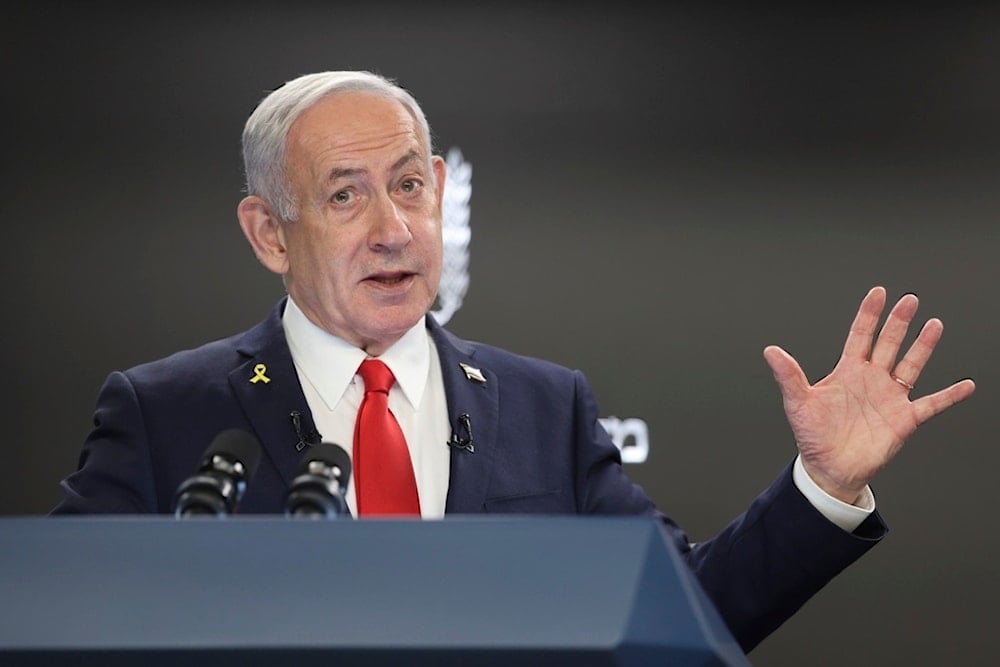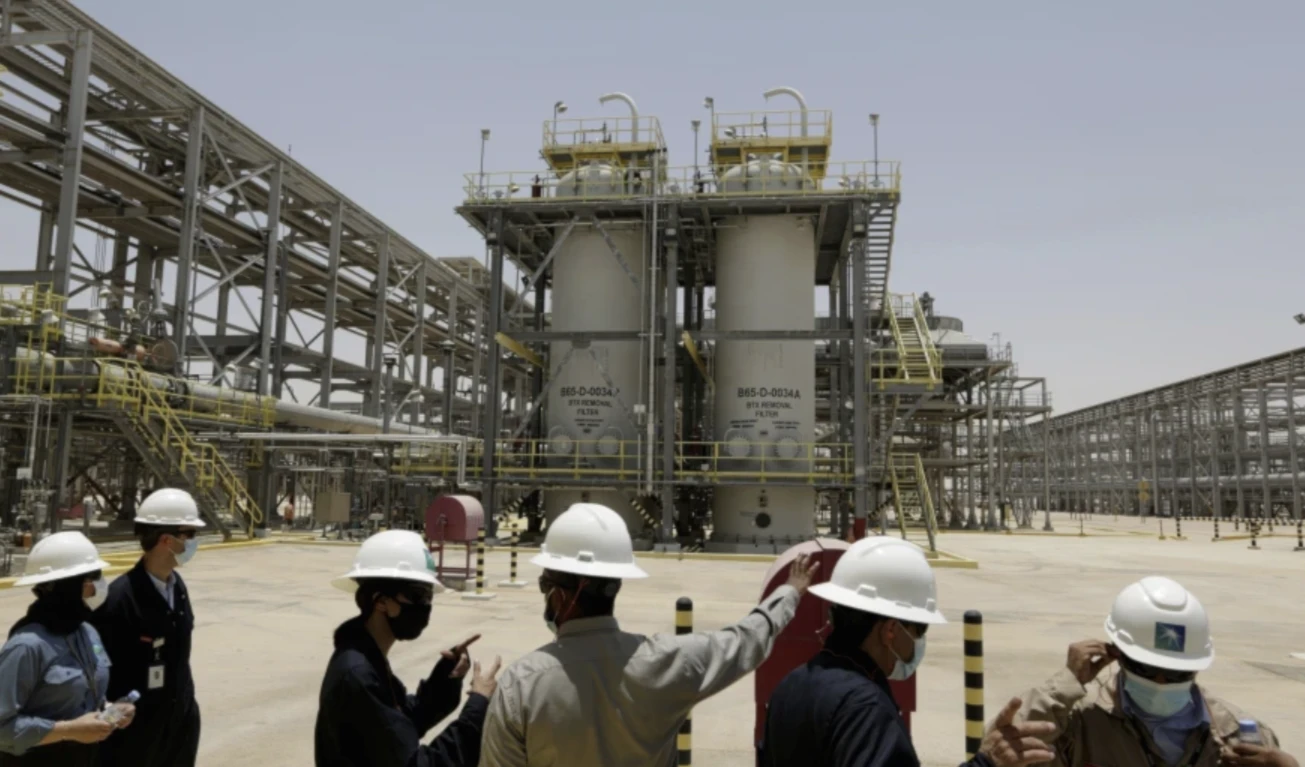Netanyahu pushes plan for demilitarized zone from Golan to Sweida
Netanyahu says the Israeli regime is working on a demilitarized zone from the occupied Golan to Sweida, citing Druze protection and a humanitarian corridor.
-

Israeli Prime Minister Benjamin Netanyahu speaks during a press conference at the Prime Minister's office in occupied al-Quds, occupied Palestine, August 10, 2025. (AP)
Israeli Prime Minister Benjamin Netanyahu announced Thursday that his government is working on a plan to establish a demilitarized zone extending from the occupied Golan Heights to Syria’s Sweida province.
Netanyahu made the remarks during a visit to the village of Julis in western al-Jalil, where he met the spiritual leader of the Druze community in the occupied territories, Sheikh Mowafaq Tarif, along with several community leaders.
He claimed that his government is currently focused on three priorities: “protecting the Druze community,” “creating a demilitarized zone,” and “establishing a humanitarian corridor to allow the delivery of aid,” stressing that “these discussions are ongoing at this very moment.”
Following the collapse of the Syrian state on December 8, 2024, the Israeli occupation took advantage of the security vacuum to tighten its grip over Jabal al-Sheikh and several sites in the occupied Golan.
The issue of the Druze community in Syria has long been used as a pretext in Israeli rhetoric, alongside attempts by the occupation to impose so-called “buffer zones” or “demilitarized areas” along the Syrian-Palestinian occupied border.
'Israel' launches large-scale attack on Syria
"Israel" launched airstrikes targeting multiple military sites in the vicinity of Kiswah, located in the western Damascus countryside, according to Syrian media.
Local outlets reported that Mount al-Mana, another area in the western Damascus countryside, also came under attack, with military positions affiliated with the Syrian Ministry of Defense targeted. The strikes resulted in loud explosions echoing across the region.
Moreover, Al Mayadeen's correspondent later reported that Israeli occupation forces carried out a troop airdrop also in the Kiswah area in the Damascus countryside.
Our correspondent noted that the Israeli occupation "destroyed equipment after the airdrop in the Kiswah area," which lasted for about two hours.
As of now, there have been no official reports on the number of casualties or the scale of material damage caused by "Israel's" attacks. Syrian authorities are still assessing the aftermath of the attack.
Simultaneously, media outlets observed military movements by the occupation army in the southern countryside of Quneitra, accompanied by increased Israeli reconnaissance and military flights over the area.
Israeli helicopters land in Sweida
Following the second wave of bombing, several Israeli helicopters landed in Sweida Governorate, coinciding with reconnaissance aircraft flying over the Damascus and Quneitra countrysides.
An Israeli force also carried out an incursion near the village of Nasiriyah in the Quneitra countryside in the south of the country.
At the same time, the Syrian Al-Ikhbariya news channel reported intensive Israeli airstrikes in the skies above Damascus, where Israeli raids targeted the 76th Brigade in Harjala in the Damascus countryside.
Warplanes were also reported to have flown over the city of Deir Ezzor and the eastern countryside.
In addition, Israeli media reported that Israeli aircraft were "bombing Syrian bases as tanks entered the outskirts of Damascus from its southern side," noting that Israeli commandos had landed in two locations in the Damascus countryside.

 3 Min Read
3 Min Read










